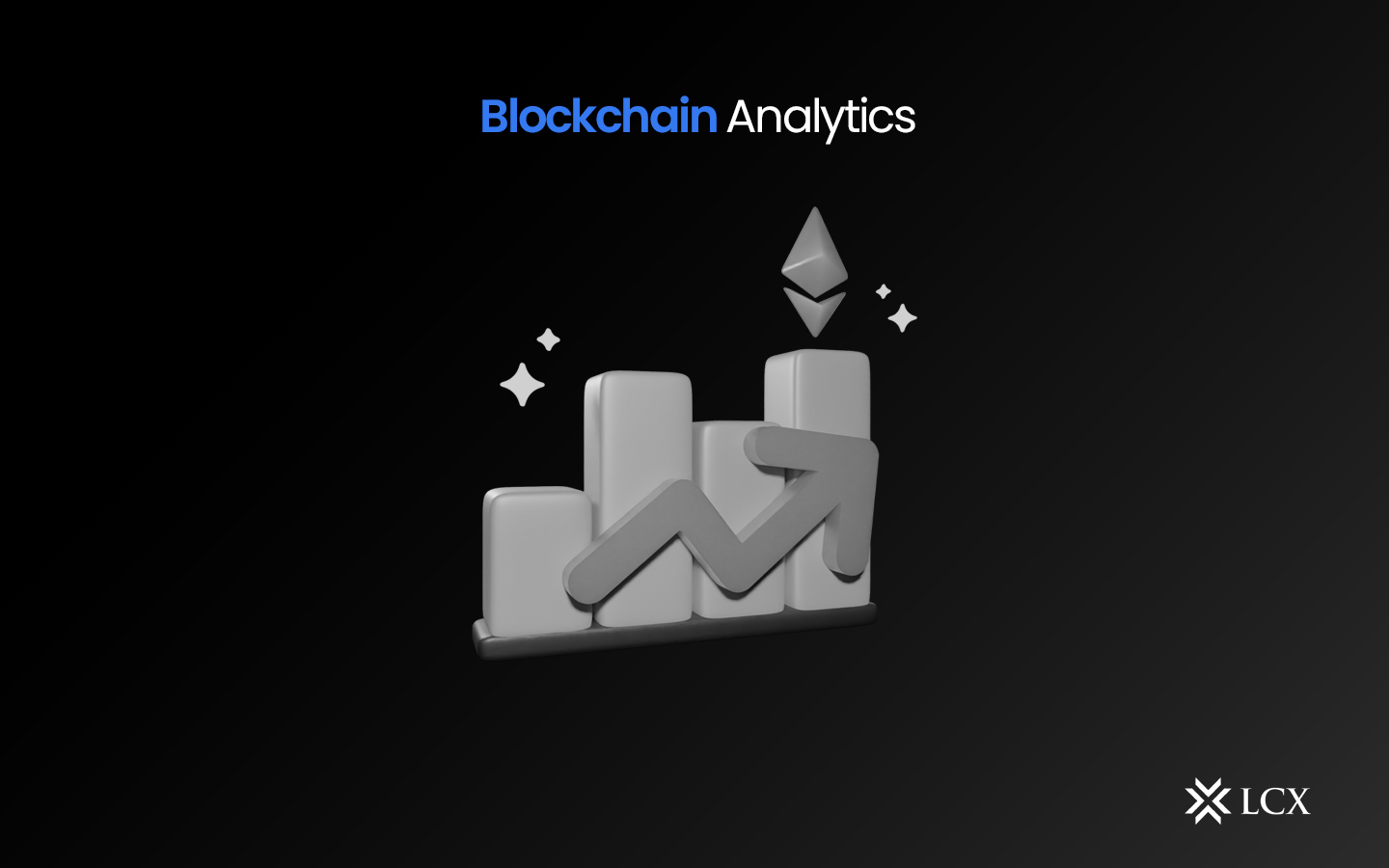What Is Blockchain Analytics?
Blockchain analytics is the process of analyzing, identifying, and ‘clustering’ data on the blockchain, a publicly accessible cryptographic distributed ledger. In order to identify crucial information about users and transactions, blockchain analytics models visually represent data. These measures are taken to prevent illegal transactions such as money laundering and fraud. Blockchain Analytics are performed by private corporations that “scrape” publicly available blockchain data. However, crypto asset transactions are inherently anonymous, so blockchain analytics companies help provide the necessary data to associate a transaction with an individual or organization. This contributes to the safety of all cryptocurrency markets and transactions.
How Does It Work?
Blockchain analytics providers “scrape” publicly accessible transactional data in order to link cryptocurrency holdings to illegal or criminal activity. A crypto wallet, a digital wallet that can transmit and receive payments, is used for transactions. These are typically established through Know Your Customer (KYC) onboarding procedures, in which the owner’s personal information is recorded and stored.
When a transaction is performed with a crypto wallet, the data is permanently recorded on the blockchain. It cannot be changed or removed. Through the scraping of these blockchains, blockchain analytics associates crypto transactions with illegal activity via certain signifiers, such as a crypto wallet previously associated with illegal transactions such as drug importation or terrorist financing. Through this, a wallet or transaction is identified and assigned a ‘risk score’.
When a crypto business or financial institution collaborates with a blockchain analytics provider, any transaction they conduct can be screened to generate a risk score for the wallet in question.
If further investigation is required, a blockchain analytics provider can forward this information and analysis to the relevant law enforcement authorities, who can use a Suspicious Activity Report (SAR) to match an identity with an anonymous wallet. As a result of the fact that the transactional data in the wallet represents all transactions in which the particular cryptocurrency was used, an end-to-end trace is created.
The analytics provider assigns a ‘typology’ to the wallet, associating it with a specific illicit activity that will be flagged in future transactions. Additionally, the provider will develop a ‘heuristic’ that aggregates transactional wallet data with similar typologies. When the same individual owns multiple wallets, it is easier to determine if transactions from different wallets originate from the same source. The collection of information on the identifiers of illegal transactions is an ongoing procedure. Blockchain analytics is a crucial line of defense for establishing fair and legal crypto environments, enabling the discovery of illicit fund sources and destinations.
Significance of Blockchain Analytics
Transaction Transparency and Accountability: Blockchain analytics plays a crucial role in ensuring transparency and accountability within blockchain networks. It allows users to verify transactions, track funds, and monitor the activities of participants. This transparency enhances trust and reduces the risk of fraudulent activities.
Fraud Detection and Prevention: Blockchain analytics can identify patterns and anomalies that may indicate fraudulent behavior. By analyzing transaction histories and monitoring addresses, suspicious activities, such as money laundering or illicit transactions, can be detected and prevented.
Regulatory Compliance: With the increasing adoption of cryptocurrencies and blockchain technology, regulatory bodies are focusing on ensuring compliance with existing financial regulations. Blockchain analytics can assist in monitoring compliance by identifying non-compliant activities, tracking the source and destination of funds, and providing audit trails.
Investigative Purposes: In cases involving illegal activities or disputes, blockchain analytics can be invaluable for forensic investigations. It enables law enforcement agencies and investigators to trace funds, identify involved parties, and gather evidence for legal proceedings.
Methodologies and Tools Used in Blockchain Analytics
Address Clustering: Blockchain analytics tools employ address clustering techniques to link multiple addresses to a single entity. This helps in identifying the ownership and transactional patterns of specific individuals or organizations.
Network Analysis: By analyzing the network topology and connectivity of blockchain transactions, experts can gain insights into the relationships between different addresses and entities. Network analysis aids in understanding the flow of funds and identifying key players within the network.
Transaction Graph Analysis: Transaction graph analysis involves visualizing and analyzing the relationships between different transactions on the blockchain. It can reveal common spending patterns, transactional paths, and potential sources of funds.
Heuristic Algorithms: Blockchain analytics tools leverage heuristic algorithms to detect suspicious activities and anomalies. These algorithms can flag transactions that exhibit characteristics of money laundering, Ponzi schemes, or other fraudulent behaviors.
Real-World Applications
Financial Institutions: Banks and financial institutions are increasingly incorporating blockchain analytics to monitor cryptocurrency transactions, mitigate risks, and ensure compliance with anti-money laundering (AML) and know-your-customer (KYC) regulations.
Supply Chain Management: Blockchain analytics can be used to track and verify the provenance of goods in supply chains. By analyzing blockchain data, companies can ensure the authenticity of products, detect counterfeit items, and improve transparency in the supply chain.
Government and Regulatory Bodies: Governments and regulatory bodies can utilize blockchain analytics to monitor cryptocurrency transactions for tax purposes, identify potential threats to national security, and enforce regulations related to digital assets.
Cryptocurrency Exchanges: Blockchain analytics helps cryptocurrency exchanges identify suspicious transactions and addresses, implement effective risk management strategies, and enhance the security of their platforms.
Conclusion
Blockchain analytics has emerged as a powerful tool for extracting valuable insights from blockchain networks. By analyzing the data stored on distributed ledgers, experts can detect anomalies, enhance transparency, prevent fraud, and ensure regulatory compliance. As the adoption of blockchain technology continues to grow, so too does the importance of blockchain analytics in shaping a secure and trustworthy digital economy.










